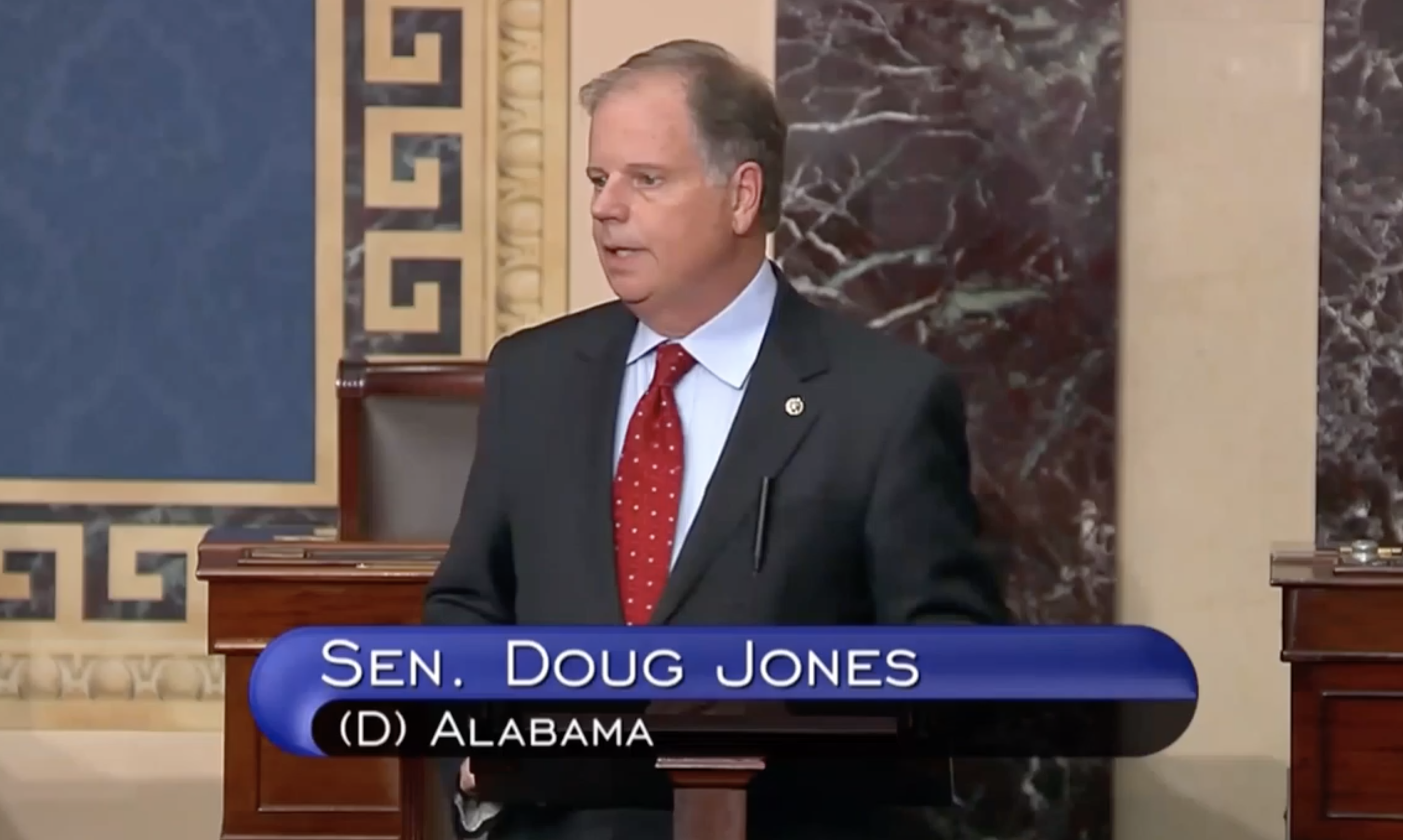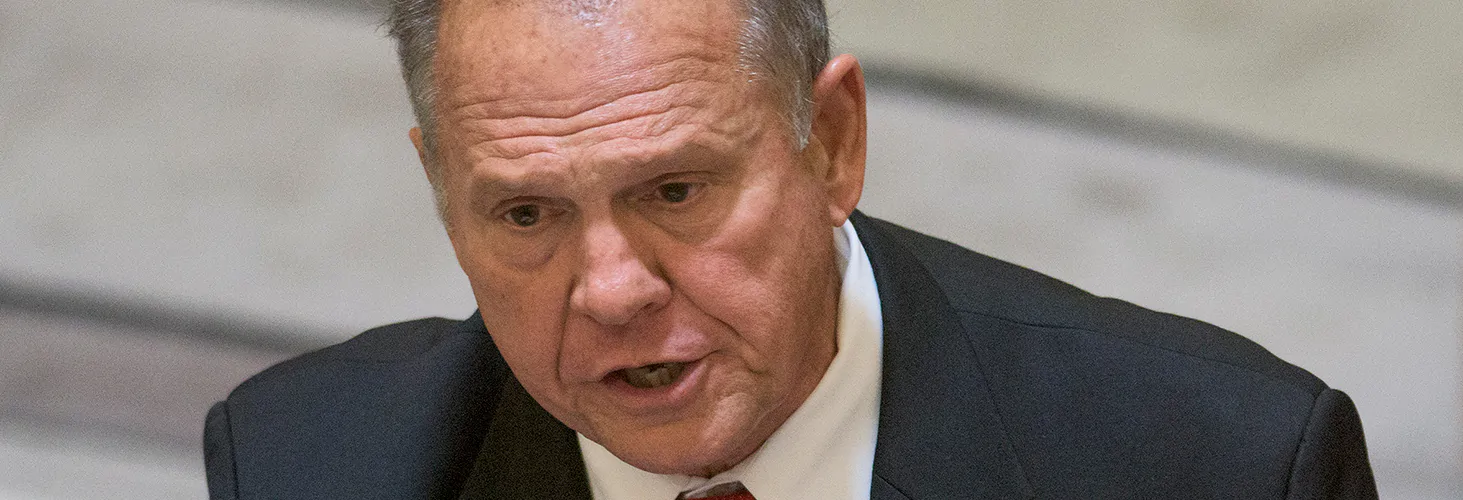By Byron Shehee
Alabama Political Reporter
MONTGOMERY— The January jobs report released last week by the US Bureau of Labor Statistics showed a “better-than-expected” total of 257,000 new jobs added and an increase in people who are currently looking for employment.
Some in finance claim this increase in unemployment is good news as more people are showing optimism and are once again looking for work. However, in addition to understanding the employment numbers, many of those same experts are also trying to determine if the Federal Reserve will increase interest rates in the near future, whether the US Dollar will remain strong versus other currencies, or if potentially looming troubles in Europe could spread to US markets. In short, Wall Street’s task of trying to determine where this economy is heading is difficult and the industry reviews seem mixed with both trepidation and hope. Some facts, however, are readily available and easier to understand.
The national unemployment rate in January was 5.7 percent with every demographic affected by a lethargic US economy. Women experienced unemployed at 5.1 percent and men at a rate of 5.3 percent. The rate for whites was 4.9 percent and 4.0 percent for Asians. Unemployment rates for Hispanics was 6.7 percent and the rate for African Americans was 10.3 percent.
The unemployment rate impacting younger workers is equally disturbing. Generation Opportunity, a national, non-partisan youth advocacy organization, issued a report citing its Millennial Jobs Report for January, 2015, as 9.7 percent unemployment and 14.2 percent for overall labor force participation. Millennials as identified by Generation Opportunity are 18-29-year-old and should be at the threshold of a long career in the work force.
Patrice Lee, the Director of Outreach for Generation Opportunity said, “Our generation continues to lag behind the overall economic revival, as the youth unemployment rate still stands at an unacceptable 14.2 percent.”
Generation Opportunity also claims four out of five college graduates do not have jobs lined up after graduation, one out of three Millennials have been forced to move back in with their parents and half of all graduates do not have jobs in their field. Lee continued by highlighting the rate of unemployment among the most impacted, “This is especially true for the black community, which faces a staggering youth unemployment rate of 20.8 percent – that means one out of every five young African Americans is out of work.”
With good news being relative, any increase in job growth is certainly welcomed. The perceived developments will surely be tempered as some indicators are pointing to a more stable economy while some forecasters are still concerned about a period of global deflation and other potential problems. As the future unfolds, however, one thing seems likely – regardless of demographic, we should all continue to make small gains together or we will all continue to suffer together, and not one expert on Wall Street can tell us with any certainty which it will be.

















































